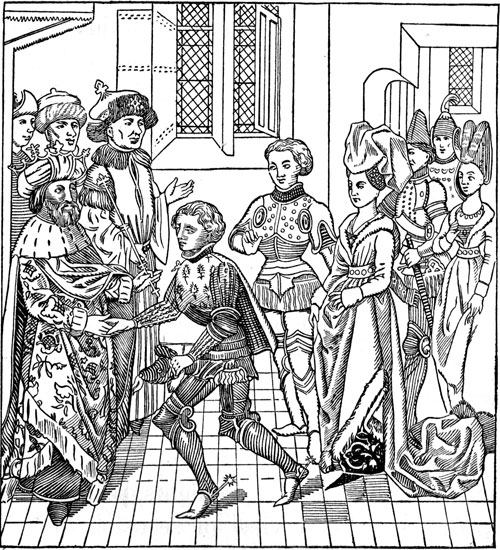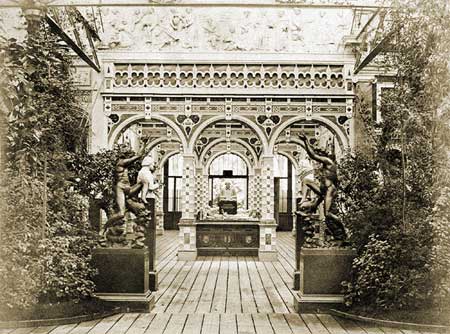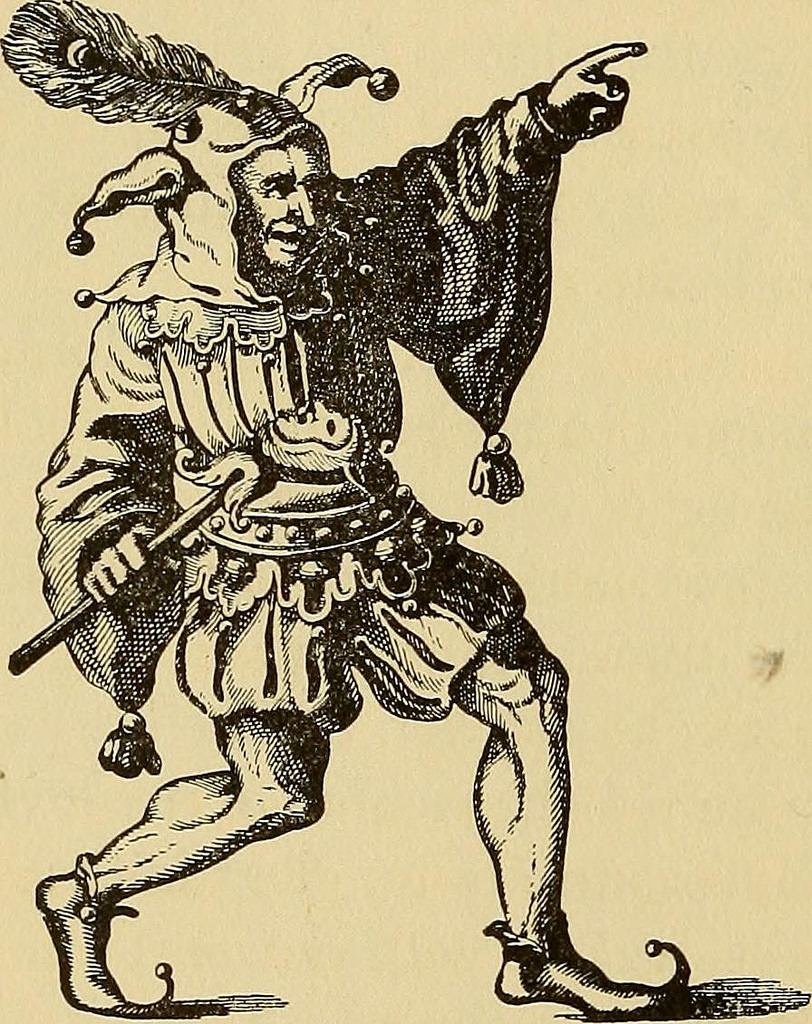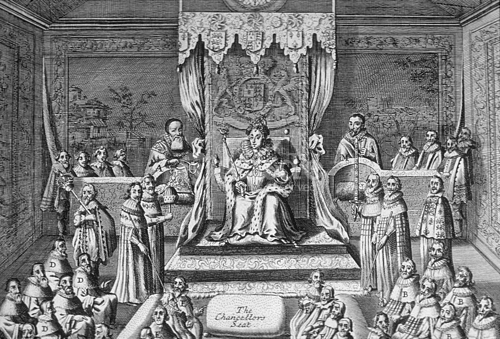The Elizabethan era saw the emergence of many types of occupations. These occupations together helped in the proper functioning of the royal machinery. There were the courtiers, the nobles, the knights and various others who helped the court to function properly. There were also a group of people whose job was very important.
In fact, they were the undeniable part of any and every court and noble houses. These were the jesters. It is true that the jester’s job by far was the most important one. They had to look after the mental well being of the people, royal or otherwise.

He had to entertain. For this, he used many tools. Sometimes he took the help of sarcasm; sometimes his clever wit helped him to make a light comedy. Sometimes even his mental or physical deformity was a source of entertainment for others. There were many kinds of such jesters attached with the royal Elizabethan court.
Court Jester
Contents
They had powerful patronages in court and sometimes used their sharp wit to diffuse situations of a very delicate matter. The fools were so powerful and essential that they even became an essential part of the Elizabethan dramas and plays. William Shakespeare, Christopher Marlowe and many other eminent scholars used the character of the fool or jester extensively in their plays.

These characters sometimes played the role of entertainers and were a source of merriment and sometimes their voice was used to reflect the dire predicament of a situation. In some plays, the fools have a dark character which reminds the viewer that the play deals with a situation so dark and dangerous that all the morals and characters are reversed and the fool or jester who was supposed to be the source of innocent entertainment becomes a character replete with dark drama.
Famous court jesters
Some of the most famous jesters in the Elizabethan era were:
- Richard Tarlton, who was an actor and playwright and frequently performed for Queen Elizabeth I.
- William Kempe, who was one of the main actors in Shakespeare’s plays and a famous jester.
- Robert Armin, another Elizabethan jester and prominent actor in Shakespeare’s play.
- Thomas Skelton, another famous court jester in the late 15th century. According to some critics, the phrase “tomfoolery” originated from the name of Thomas Skelton.
Female jesters
There were also female actors who played jesters in court masques and plays. Some, in fact, became quite popular. From Anne Boleyn’s account, we come to know of the bills for the supply of caps to the female jesters. She, however, did not mention any names.
Most famous female jesters were Lucretia the Tumbler and Jane the Fool.
Could Jesters make fun of the King?
Yes, the jesters were given permission to openly mock and make fun of anybody in the court, even the monarch. It was exclusive permission granted to the jesters that were not given to anyone else. They could also make jokes about the nobles or members of the aristocracy, as long as, it was made in an innocent jesting manner.

Is a jester a clown?
In the Elizabethan court plays, jesters and clowns were the same figures, who would entertain the people of the court through their fool like behaviour. They were also parts of the theatre and plays written by famous playwrights such as William Shakespeare and Christopher Marlowe.
What are the two types of fools in Shakespeare’s play?
The two kinds of fools that Shakespeare often incorporated in his plays were: 1) those were intelligent and wise, and 2) that were genuinely foolish. The second category of fools was there for entertainment and laughter.
Some of the most famous fools in Shakespeare’s plays were Touchstone (As You Like It), Feste (Twelfth Night), Lear’s Fool (King Lear). These characters were, however, actually quite wise and had intelligent speeches and monologues in the play. This category of fools often served as the author’s mouthpiece in the play.
Some of the genuine fools were Lance (The Two Gentlemen of Verone), Bottom (A Midsummer’s Night’s Dream) and Dogberry (Much Ado About Nothing).

What did Jesters wear?
The Jesters in the Elizabethan and Tudor era wore hats, that came to be termed a the Fool’s hat. these hats were conical in shape with three-pointers. They wore excessively colourful clothes which had bells attached to them. They also carried a sceptre which was fake and covered by a scarf. It was called the bauble.
Elizabethan Jesters
The jesters were characterised by a particular costume. They wore garishly bright outfits and had pants of differently coloured pant legs. They also wore the fool’s cap which had bells attached to its ends which were formed in the shape of ears on the head.
The court jesters were, of course, different from the theatrical fools. The fools were fashioned on court jesters but they were portrayed with magnified characteristics.

It was not always necessary for the court jesters to be so over the top. They could be subtle. In fact, since they did not have the justification of the stage they could not afford to be abrupt or overtly cynical in fear of treading on some important political toes.
Shakespeare’s fool quotes:
- “Many a good hanging prevents a bad marriage”. – Feste (Twelfth Night)
- “The more pity, that fools may not speak wisely that wise men do foolishly”. – Touchstone (As You Like It)
- “This is to make an ass of me, to fright me if they could”. -Bottom (A Midsummer Night’s Dream)
- “I shall laugh myself to death at this puppy-headed monster. A most scurvy monster”. – Trinculo (Tempest)
More Info On- Elizabethan Courts, Theatre Facts